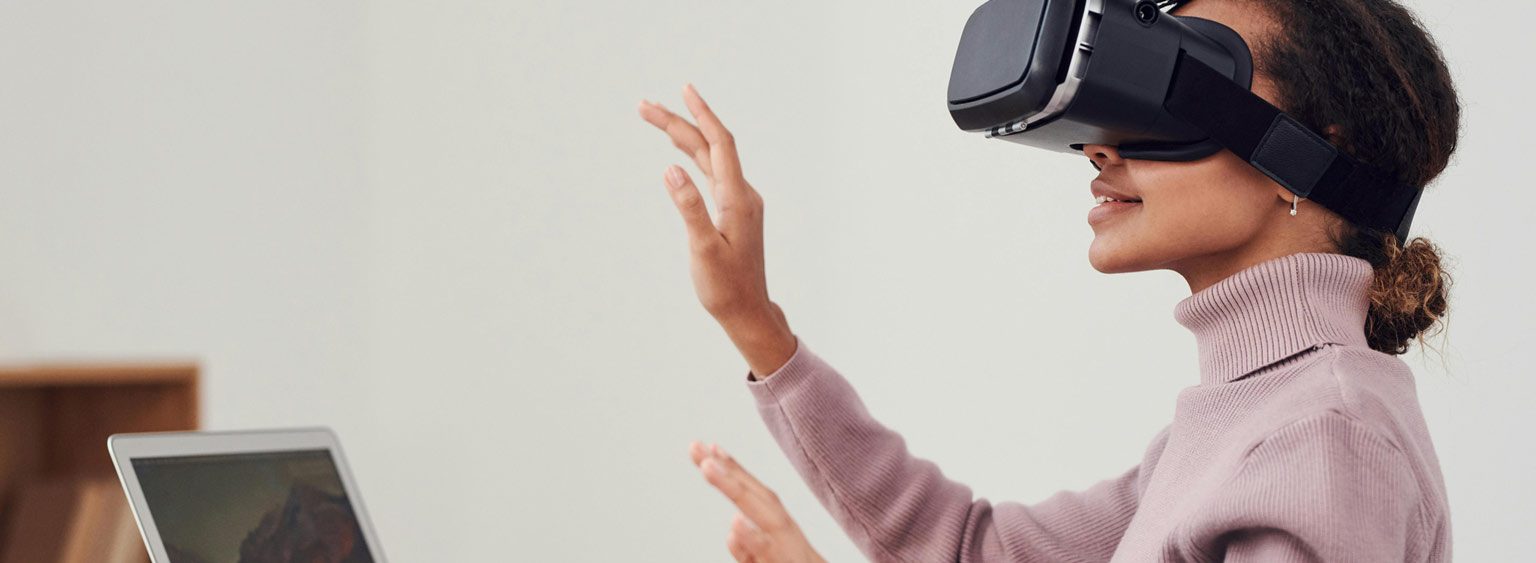How Virtual Reality Is Transforming PCT Training
The Future of Healthcare Training Is Here
The healthcare industry is rapidly evolving, and so is the way we train medical professionals. Patient Care Technicians (PCTs) play a crucial role in hospitals, clinics, and long-term care facilities, assisting nurses and providing direct patient care. As the demand for skilled PCTs grows, so does the need for innovative training methods. Virtual Reality (VR) is emerging as a game-changer, revolutionizing how PCTs are trained and prepared for real-world scenarios.
Why VR for PCT Training?
Traditional PCT training involves a mix of classroom instruction, textbook learning, and hands-on clinical experience. While these methods are effective, they often come with limitations, such as access to live patients, the availability of instructors, and the variability of real-world medical situations. VR eliminates these barriers by providing immersive, interactive, and repeatable training environments.
Key Benefits of VR in PCT Training
Hands-On Experience Without Risk
One of the biggest advantages of VR training is the ability to simulate real-life medical procedures without putting actual patients at risk. PCTs can practice tasks such as drawing blood, measuring vital signs, and assisting with mobility in a controlled, virtual setting before stepping into a clinical environment.
Exposure to a Variety of Medical Scenarios
VR allows trainees to experience diverse patient conditions and medical emergencies. From responding to a cardiac arrest situation to assisting a patient with limited mobility, PCTs can encounter a wide range of cases they might not frequently see during traditional training.
Improved Retention and Engagement
Studies have shown that immersive learning experiences enhance knowledge retention. VR engages multiple senses, helping students remember procedures more effectively than passive learning methods like reading or watching videos.
Personalized and Adaptive Learning
With VR training, PCTs can progress at their own pace. The software can track performance, identify weaknesses, and offer targeted practice opportunities, ensuring each student receives personalized instruction tailored to their learning needs.
Cost-Effective and Scalable
Traditional training often requires costly equipment, instructor time, and physical space. VR reduces these expenses by offering a scalable solution where multiple students can train simultaneously using a VR headset and software.
Real-World Applications of VR in PCT Training
Several healthcare institutions and training centers are already integrating VR into their PCT programs. For example:
- VR Simulations for Basic Patient Care: Trainees can practice tasks such as taking vitals, assisting with hygiene, and moving patients safely.
- Emergency Response Training: PCTs can learn how to react in high-pressure situations, like handling a patient experiencing a seizure or severe bleeding.
- Communication and Soft Skills Development: VR can also help PCTs practice interacting with patients, improving bedside manner and patient communication skills.
The Future of VR in PCT Education
As technology advances, VR will become even more realistic and accessible, integrating artificial intelligence (AI) to provide real-time feedback and adaptive learning experiences. The future of PCT training is undoubtedly digital, and VR is leading the way in ensuring that healthcare professionals are better prepared, more confident, and highly skilled.
Final Thoughts
The integration of VR in PCT training is revolutionizing the healthcare industry by offering a safer, more effective, and engaging way to learn. As this technology continues to evolve, it will play an increasingly vital role in preparing the next generation of patient care technicians. Whether you’re a student, an educator, or a healthcare institution, embracing VR in training programs can lead to better patient care and improved outcomes in the long run.



